

others
EUR/USD tips into the bearish side after Fed Powell calls the top – Crypto News
- EUR/USD saw a hard rally above 1.0880 on ECB rate cut hopes.
- US ADP labor miss drove the pair back into Wednesday’s opening range.
- US Fed head Jerome Powell due at 19:30 GMT after Fed rate call.
EUR/USD saw a hard rally in early Wednesday trading, rising three-quarters of a percent bottom-to-top after misses in German Consumer Price Index (CPI) inflation figures, with markets pivoting back into a cautious stance after Federal Reserve (Fed) Chairman Jerome Powell highlighted the need for inflation figures to reflect the Fed’s 2% ceiling, not just hitting it. EUR/USD fell back into the day’s opening bids near 1.0850 as the pair remains stuck in the middle of near-term consolidation before slipping back into the low side after the Fed left their main policy rate unchanged, and focusing on the uncertain economic outlook and reiterating the need for further confidence that inflation will meet and stay at 2%.
German Retail Sales backslid early Wednesday, followed by German CPI inflation easing faster than expected, helping to bolster investor sentiment in the midweek that the European Central Bank (ECB) would see the way forward towards a faster pace of rate cuts.
Daily digest market movers: EUR/USD draws into the middle ahead of Powell appearance
- The EUR/USD rallied into 1.0880 after German Retail Sales came in at -1.7% for the year ended December, adding to the previous period’s -2.4% as consumer spending cools off, reinforcing an economic slowdown that will push the ECB towards rate cuts.
- German CPI inflation also declined faster than expected, with annualized German CPI for the year ended January printing at 2.9% versus the forecast 3.3% and the previous period’s 3.7%.
- Pan-European Harmonized Index of Consumer Prices (HICP) figures are due on Thursday.
- European money markets are now pricing in 150 basis points in ECB rate cuts through 2024, up from Tuesday’s swap rate balance of 140 bps.
- Fed chair Jerome Powell due at 19:30 GMT, markets will be straining to find hints of the Fed cutting rates sooner rather than later.
- US ADP Employment Change slumped to 107K in January versus the forecast 145K, declining from the previous month’s 158K (revised from 164K).
- US Nonfarm Payroll (NFP) figures due on Friday to cap off the trading week.
- Fed kept policy rate unchanged, highlighted economic uncertainty and a need for better indications that inflation will hit and stay at 2%.
- Money markets continue to bet on a March rate cut from the Fed, but risk appetite soured slightly at the prospect of a middling Fed.
- Rate swaps now see a 96% chance of at least 25 basis points in Fed rate cuts by May meeting.
- Fed leaves policy rate unchanged at 5.25%-5.5% as expected
- Fed Powell reiterates that the top is very likely in on rates, and the Fed unanimously agrees that rates will have to come down this year.
- Despite this, the Fed needs to see inflation come down to and then also stay at the 2% barrier for some time, signaling markets may still be too overbid into rate trim bets.
Technical analysis: EUR/USD poised for a run post-Fed
EUR/USD pulled in both direction on Wednesday, sagging early into 1.0806 before rallying above 1.0880 and settling back where it started near 1.0850 as the market awaits Fed chair Powell. EUR/USD trimmed further into the downside after the Fed kept rates unchanged, testing into 1.0820 on reaction. The pair then accelerated into the low end to test 1.0800 after Fed chair Powell spoke on Wednesday.
The 200-hour Simple Moving Average (SMA) remains a key technical barrier, capping off upside momentum near 1.0860. The EUR/USD has cycle familiar levels since the middle of January, but downside pressure has been mounting as swing highs continue to lag lower.
Daily candlesticks have the pair stuck on the low end of a congestion pattern at the 200-day SMA near 1.0850, with topside price action capped by the 50-day SMA just north of 1.0900.
EUR/USD hourly chart
EUR/USD daily chart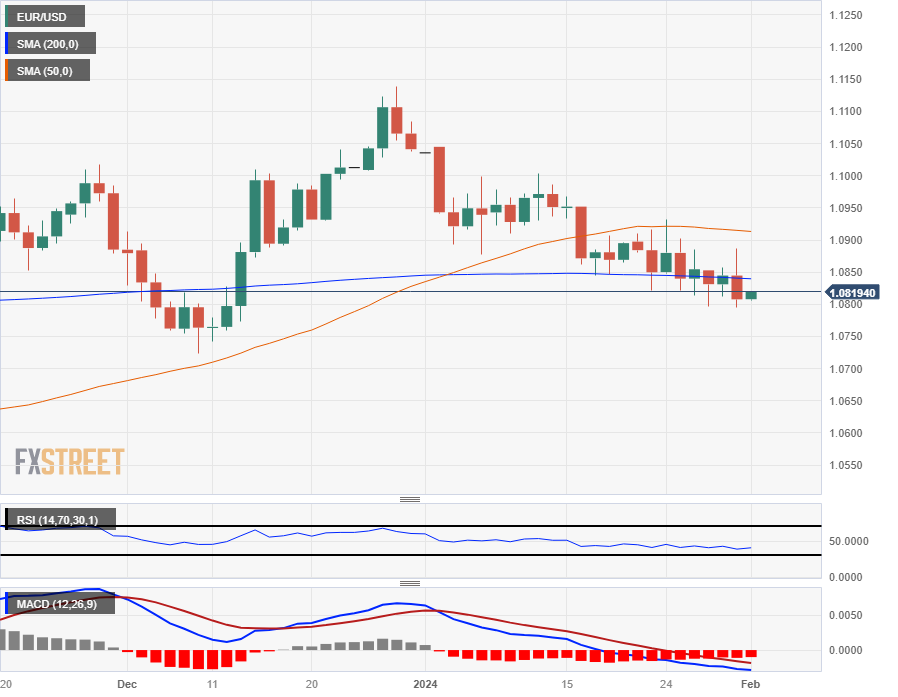
Fed FAQs
Monetary policy in the US is shaped by the Federal Reserve (Fed). The Fed has two mandates: to achieve price stability and foster full employment. Its primary tool to achieve these goals is by adjusting interest rates.
When prices are rising too quickly and inflation is above the Fed’s 2% target, it raises interest rates, increasing borrowing costs throughout the economy. This results in a stronger US Dollar (USD) as it makes the US a more attractive place for international investors to park their money.
When inflation falls below 2% or the Unemployment Rate is too high, the Fed may lower interest rates to encourage borrowing, which weighs on the Greenback.
The Federal Reserve (Fed) holds eight policy meetings a year, where the Federal Open Market Committee (FOMC) assesses economic conditions and makes monetary policy decisions.
The FOMC is attended by twelve Fed officials – the seven members of the Board of Governors, the president of the Federal Reserve Bank of New York, and four of the remaining eleven regional Reserve Bank presidents, who serve one-year terms on a rotating basis.
In extreme situations, the Federal Reserve may resort to a policy named Quantitative Easing (QE). QE is the process by which the Fed substantially increases the flow of credit in a stuck financial system.
It is a non-standard policy measure used during crises or when inflation is extremely low. It was the Fed’s weapon of choice during the Great Financial Crisis in 2008. It involves the Fed printing more Dollars and using them to buy high grade bonds from financial institutions. QE usually weakens the US Dollar.
Quantitative tightening (QT) is the reverse process of QE, whereby the Federal Reserve stops buying bonds from financial institutions and does not reinvest the principal from the bonds it holds maturing, to purchase new bonds. It is usually positive for the value of the US Dollar.
-

 Blockchain24 hours ago
Blockchain24 hours agoOn-Chain Tokenization for Payments Professionals – Crypto News
-
Cryptocurrency6 days ago
Pi Community Highlights Pi Coin’s Slow Growth As ‘Strategic’ – Crypto News
-

 Cryptocurrency1 week ago
Cryptocurrency1 week agoProfessor Coin: What’s Driving Cryptocurrency Adoption Around the World – Crypto News
-

 Blockchain1 week ago
Blockchain1 week agoCZ claps back against ‘baseless’ US plea deal allegations – Crypto News
-

 Technology1 week ago
Technology1 week agoApple ramps up India production amid China uncertainty, assembles $22 billion worth iPhones in a year – Crypto News
-
Business5 days ago
Cardano (ADA) and Dogecoin (DOGE) Eye For Bullish Recovery – Crypto News
-

 Business5 days ago
Business5 days agoWorldpay and FIS Deals Echo 2019’s Payments Megamergers – Crypto News
-
![Shiba Inu [SHIB] price prediction - A 70% rally next after 900%+ burn rate hike?](https://dripp.zone/news/wp-content/uploads/2025/04/Shiba-Inu-SHIB-price-prediction-A-70-rally-next-400x240.png)
![Shiba Inu [SHIB] price prediction - A 70% rally next after 900%+ burn rate hike?](https://dripp.zone/news/wp-content/uploads/2025/04/Shiba-Inu-SHIB-price-prediction-A-70-rally-next-80x80.png) Cryptocurrency1 week ago
Cryptocurrency1 week agoShiba Inu [SHIB] price prediction – A 70% rally next after 900%+ burn rate hike? – Crypto News
-

 others1 week ago
others1 week agoGold consolidates near all-time peak as bulls pause for breather – Crypto News
-
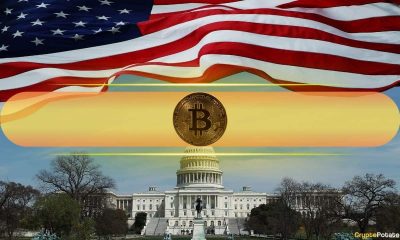
 Cryptocurrency7 days ago
Cryptocurrency7 days agoWhite House Mulls Bitcoin Reserve Backed by Gold and Tariffs – Crypto News
-

 Cryptocurrency6 days ago
Cryptocurrency6 days agoOKX Returns to US Market Following $505M DOJ Deal – Crypto News
-
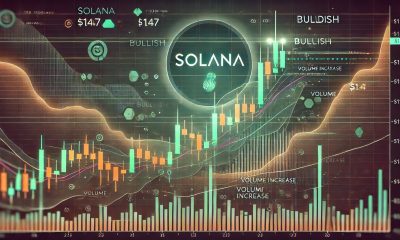
 Blockchain5 days ago
Blockchain5 days agoSolana Turns Bullish On 8H Chart – Break Above $147 Could Confirm New Trend – Crypto News
-
Technology4 days ago
Expert Predicts Pi Network Price Volatility After Shady Activity On Banxa – Crypto News
-

 Blockchain1 week ago
Blockchain1 week agoXRP Price To Hit $45? Here’s What Happens If It Mimics 2017 And 2021 Rallies – Crypto News
-
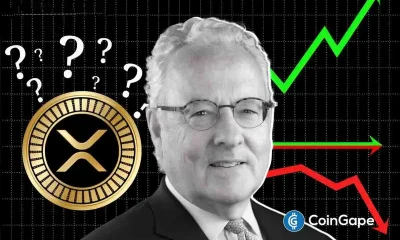
 others1 week ago
others1 week agoRipple Community Remains Disappointed With Hinman Report, What’s Next? – Crypto News
-

 Metaverse1 week ago
Metaverse1 week agoForget DeepSeek. Large language models are getting cheaper still – Crypto News
-

 others1 week ago
others1 week agoCrypto Strategist Sees Solana-Based Memecoin Surging Higher, Says One AI Altcoin Flashing Strong Chart – Crypto News
-
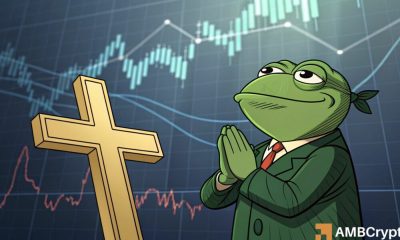
 Cryptocurrency1 week ago
Cryptocurrency1 week agoPepe is on the verge breakout to $0.0000078 as gold cross nears. – Crypto News
-

 Blockchain5 days ago
Blockchain5 days agoBitcoin online chatter flips bullish as price chops at $85K: Santiment – Crypto News
-
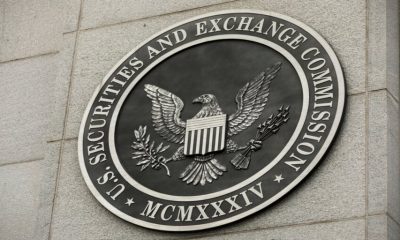
 Cryptocurrency5 days ago
Cryptocurrency5 days agoJudge Pauses 18-State Lawsuit Against SEC, Saying It Could ‘Potentially Be Resolved’ – Crypto News
-
Business5 days ago
Coinbase Reveals Efforts To Make Its Solana Infrastructure Faster, Here’s All – Crypto News
-

 Cryptocurrency1 week ago
Cryptocurrency1 week agoBitcoin – Here’s what’s next after sellers near exhaustion levels – Crypto News
-

 others1 week ago
others1 week agoOn-Chain Indicator Suggests Ethereum (ETH) Could Be Undervalued, According to Crypto Analyst – Crypto News
-

 others1 week ago
others1 week agoMexican Peso ends week strong as USD plunges on China tariff retaliation – Crypto News
-

 Blockchain1 week ago
Blockchain1 week agoOn-Chain Clues Suggest Bitcoin Bounce Might Be a False Signal—Here’s What to Know – Crypto News
-

 others1 week ago
others1 week agoChina’s Copper imports drop – ING – Crypto News
-

 Cryptocurrency6 days ago
Cryptocurrency6 days agoA decade in, Liberland needs the Bitcoin standard more than ever – Crypto News
-
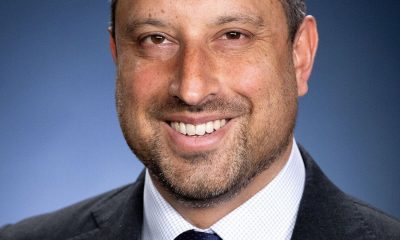
 Technology6 days ago
Technology6 days agoIndia, Australia explore bilateral data-sharing treaty to tackle cybercrime – Crypto News
-

 Technology5 days ago
Technology5 days agoMoto Book 60 laptop, Pad 60 Pro launched in India: Price, features, battery and more – Crypto News
-
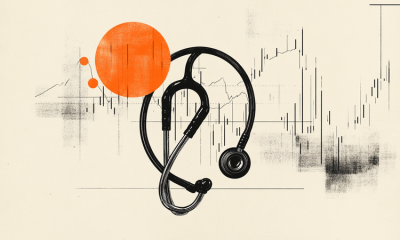
 others5 days ago
others5 days agoUnitedHealth stock caves 23% as it cuts full-year guidance – Crypto News
-
Technology5 days ago
Coinbase Reveals Efforts To Make Its Solana Infrastructure Faster, Here’s All – Crypto News
-
others5 days ago
Coinbase Reveals Efforts To Make Its Solana Infrastructure Faster, Here’s All – Crypto News
-
others5 days ago
How High Should Dogecoin Price Rise to Turn $10K to $100K? – Crypto News
-

 Technology1 week ago
Technology1 week agoPrice drop on 43 inch TVs: Grab the best deals on Samsung, Sony, Xiaomi and more, up to 57% off – Crypto News
-
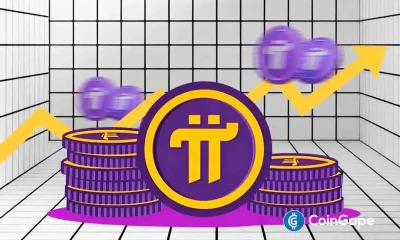
 Technology1 week ago
Technology1 week ago3 Altcoins to Buy as US Senate Banking Chair Gives August Deadline For Major Crypto Bills – Crypto News
-
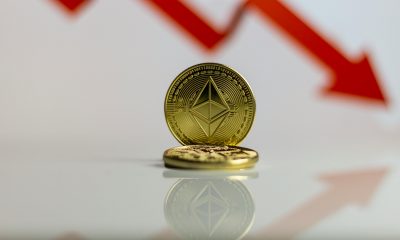
 Blockchain1 week ago
Blockchain1 week agoBoosting Ethereum: Bankless Cofounder Lays Out New Vision For Price Surge – Crypto News
-
![Bearish sequence in Nifty favors downside [Video]](https://dripp.zone/news/wp-content/uploads/2025/02/Bearish-sequence-in-Nifty-favors-downside-Video-Crypto-News-400x240.png)
![Bearish sequence in Nifty favors downside [Video]](https://dripp.zone/news/wp-content/uploads/2025/02/Bearish-sequence-in-Nifty-favors-downside-Video-Crypto-News-80x80.png) others1 week ago
others1 week agoDow Jones recovers ground to post one of its best weeks in years – Crypto News
-

 Cryptocurrency1 week ago
Cryptocurrency1 week agoScottish School Will Accept Bitcoin Payments, May Launch BTC Reserve – Crypto News
-

 Blockchain1 week ago
Blockchain1 week ago‘Bitcoin Standard’ author to develop Austrian economics curriculum for UK school – Crypto News
-
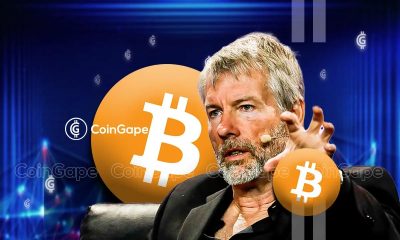
 Business1 week ago
Business1 week agoMichael Saylor Hints At Another MicroStrategy Bitcoin Purchase, BTC Price To Rally? – Crypto News
-

 others1 week ago
others1 week agoMantra Team Responds As The OM Token Price Crashes Over 80% In 24 Hours – Crypto News
-

 others1 week ago
others1 week agoUSD/CAD falls toward 1.3850 due to potential US recession, persistent inflation – Crypto News
-

 Blockchain1 week ago
Blockchain1 week agoCrypto markets ‘relatively orderly’ despite Trump tariff chaos: NYDIG – Crypto News
-

 others6 days ago
others6 days agoPresident Trump Planning Launch of New Monopoly-Inspired Crypto Game: Report – Crypto News
-
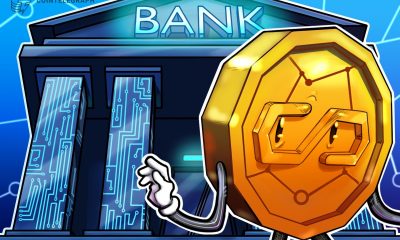
 Blockchain6 days ago
Blockchain6 days agoStablecoins’ dominance due to limitations of US banking — Jerald David – Crypto News
-

 Cryptocurrency6 days ago
Cryptocurrency6 days agoSOL remains bullish amid broader market stagnation – Crypto News
-

 Technology5 days ago
Technology5 days agoSpotify down: Music streaming giant leaves thousands of users affected globally – Crypto News
-
Business5 days ago
Crypto Whales Bag $20M In AAVE & UNI, Are DeFi Tokens Eyeing Price Rally? – Crypto News
-

 Blockchain5 days ago
Blockchain5 days agoJio partnership to drive real-world Web3 adoption for 450M users – Crypto News
-

 Metaverse5 days ago
Metaverse5 days agoLe Chat, the cat-bot France has pinned its AI hopes on – Crypto News










